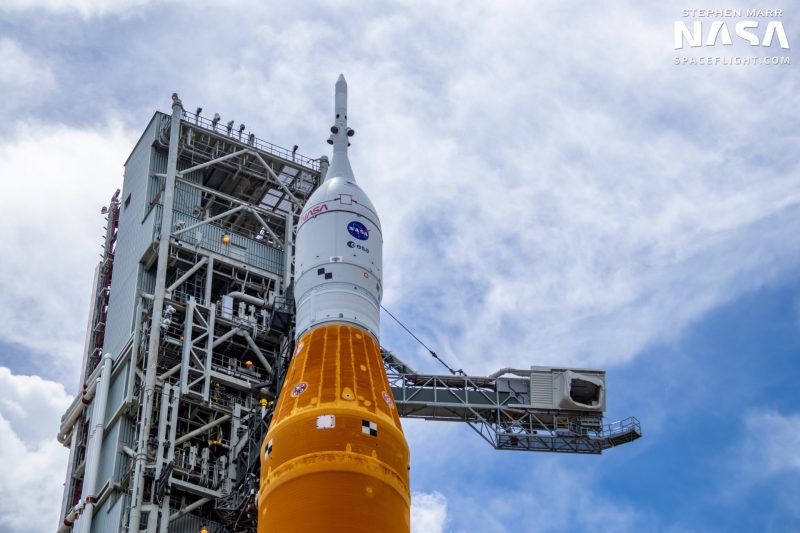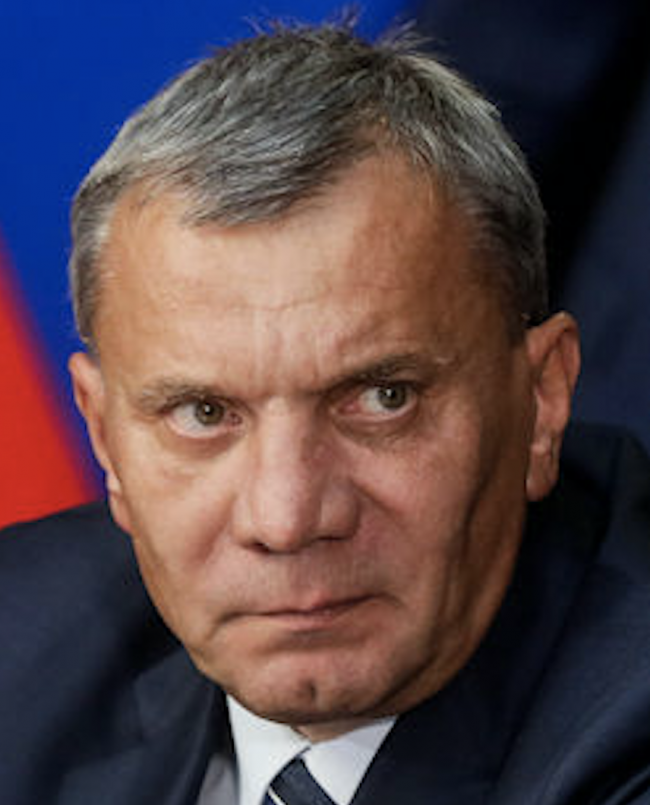
Looking for this week’s Launches blog? Click here.
EarthSky’s Launches blog, with Dave Adalian and Lia De La Cruz, brings you the best in spaceflight updates. Bookmark us! And come again.
SpaceX’s 2nd Starlink launch for the month is currently scheduled for 5:40 p.m. EDT (21:40 UTC) on August 12, 2022. Watch the livestream here.
August 12 update: Micro-X rocket to image Cass A
From Lia: A rocket built by Northwestern University researchers will be launching on August 21, 2022, from the White Sands Missile Range in southern New Mexico. Micro-X (the high-resolution microcalorimeter X-ray imaging rocket) will spend 15 minutes in space, just enough time to snap a quick image of the famous supernova remnant Cassiopeia A, or Cass A. This region of space – located some 11,000 light-years from Earth – marks the spot where a star exploded.
Micro-X will launch, have its 15 minutes of glory, then parachute back to Earth for a landing in the desert about 45 miles (70 km) away. Enectali Figueroa-Feliciano, who leads the project, explained in a statement:
The supernova remnant is so hot that most of the light it emits is not in the visible range. We have to use X-ray imaging, which isn’t possible from Earth because our atmosphere absorbs X-rays. That’s why we have to go into space. It’s like if you jumped into the air, snapped a photo just as your head peeked above the atmosphere, and then landed back down.
The rocket looks like fun, doesn’t it? Every little kid’s dream! The video below explains more.

August 11 update: Artemis 1 scheduled for August 29
From Lia: Emre Kelly – a space reporter for Florida Today and USA Today – tweeted the news that the U.S. Space Force has updated NASA’s Artemis 1 launch date from pending to scheduled, on August 29. The launch window opens at 8:33 a.m. EDT (12:33 UTC) on that date and lasts two hours.
To meet this date, the targeted roll-out date for the mighty Space Launch System (SLS), which will launch the mission, would be August 18. The mission, which will send the uncrewed Orion spacecraft around the moon, will last 42 days. The targeted splashdown date would be October 10. In the event of a delay, NASA has also announced two backup launch opportunities in September.
Following Artemis 1, hopefully no later than 2024, Artemis 2 will carry the first-ever crewed test flight of the Orion spacecraft. Artemis 3, which will fly astronauts to the moon, is currently targeted for no earlier than 2025. That mission might be the one to land humans on the lunar surface. The Artemis mission also has as one of its short-term goals of sending the first woman and first person of color to the moon’s surface.
Read more about Artemis 1: Return to the moon
Good news for Artemis I: the Space Force’s Eastern Range calendar has dropped “pending” from the Aug. 29 launch date, so it’s now solidly on the schedule for 0833 EDT that day. pic.twitter.com/JffVG07LzQ
— Emre Kelly (@EmreKelly) August 10, 2022

August 10 update: SpaceX had a busy day yesterday, with Starship engine tests and a Starlink deployment
From Dave: Fans of Starship – SpaceX’s two-stage, fully-reusable heavy lift vehicle – were atwitter yesterday (Tuesday, August 9, 2022) after reports from the company’s Boca Chica, Texas, Starbase showed video of successful live-fire engine tests performed on both Booster 7 and Starship (or just Ship) 24. The pioneering aerospace concern is moving, as usual, quickly ahead, apparently aiming for an orbital test of the tallest and most powerful rocket yet built, as soon as they can make it happen.
Confusingly, SpaceX calls both the second stage (“the spacecraft”) and the entire two-stage vehicle – a stack of a Super Heavy Booster and a second-stage spacecraft – a Starship. The two stages tested today, Booster 7 and Ship 24, will be mated into a single complete Starship for the maiden voyage into orbit around Earth. Notably, today’s test marks the first time a Raptor 2 engine – in this case, just one of 33 engines the rocket carries – has been fired while mounted on a Super Heavy Booster. The impressive video of the engine firing at full thrust drew a flurry of celebratory congratulations, along with a handful of the usual sneers from SpaceX’s detractors.
Team at Starbase completed a single Raptor engine static fire test of Super Heavy Booster 7 on the orbital launch pad pic.twitter.com/16R7eE985V
— SpaceX (@SpaceX) August 9, 2022
SpaceX also shared video of the Ship 24 static engine test fire, a milestone for this particular spacecraft, but not the first time the company has live-fired a Starship second stage. Two of Ship 24’s engines were fired during the test.
Static fire test of two Raptor engines on Starship 24 pic.twitter.com/NNpViztphI
— SpaceX (@SpaceX) August 10, 2022
Meanwhile, back at Kennedy Space Center, SpaceX shot 52 more Starlink satellites into orbit aboard a Falcon 9 booster that made its third roundtrip into space and back. SpaceX shared video of the fiery nighttime launch:
Liftoff! pic.twitter.com/j5xpFbHplK
— SpaceX (@SpaceX) August 10, 2022
They also offered up video of the booster’s automated landing at sea on the A Shortfall of Gravitas.
Falcon 9’s first stage has landed on the A Shortfall of Gravitas droneship pic.twitter.com/dh2gpVSu49
— SpaceX (@SpaceX) August 10, 2022

August 8 update: Russia leaving ISS? Not so fast!
From Dave: Yuri Borisov, the new head of the Russian space agency Roscosmos, apparently didn’t really mean it when he told Russian President Vladimir Putin last month the agency was ending its participation in the International Space Station after 2024. During a live briefing hosted by NASA late last week (August 4, 2022), speaking through an interpreter, Sergei Krikalev, executive director of human space flight programs for the Russians, said there was a misunderstanding, possibly something “lost in translation:”
As far as the statement for 2024, perhaps something was lost in the translation. But the statement actually said that Russia will not pull out of the program until after 2024. This means up until the end of 2024 there will be no changes. And after 2024 may mean 2025, 2028 or 2030, and this specific concrete decision about a termination of the program will be based on the technical condition of the station and the assessment of all partners.
His comment came during a discussion of the upcoming SpaceX Crew-5 launch, set for early fall. The flight will mark the first time a cosmonaut will ride a Dragon crew capsule to orbit, according to NASA:
The Crew-5 mission will carry NASA astronauts Nicole Mann and Josh Cassada as well as JAXA (Japan Aerospace Exploration Agency) astronaut Koichi Wakata and Roscosmos cosmonaut Anna Kikina. The Falcon 9 rocket and the Dragon Endurance spacecraft is scheduled to launch no earlier than September 29 from Launch Complex 39A at NASA’s Kennedy Space Center in Florida.


Bottom line: The world of spaceflight had a busy week! Our week started with Russia clarifying, on August 8, that they do not actually intend on abandoning the International Space Station (ISS). On Tuesday, August 9, SpaceX had a busy day with Starship tests and Starlink deployments. We then heard on August 11 the exciting news that NASA’s Artemis 1 launch date was moved from pending to scheduled and will take place on August 29. The launch window opens at 8:33 a.m. EDT. Finally, the Micro-x rocket, a rocket built by Northwestern University researchers will be launching on August 21, 2022.











